Explore the Best AI Image Gallery

Where Art Meets Tech: Exploring the Transformative Power of Wearable Solutions in the Creative Industry
The convergence of art and technology has always been a captivating journey, marked by groundbreaking innovations that redefine creative expression. Today, wearable technology stands at the forefront of this evolution, offering artists, designers, and innovators an unprecedented toolkit to explore new mediums, push boundaries, and engage audiences in immersive ways. From interactive installations to personalized artistic experiences, wearable solutions are reshaping the creative landscape, blurring the lines between the physical and digital realms.
Unleashing Creative Potential with Wearables
Wearable technology encompasses a wide range of devices, including smart glasses, augmented reality (AR) headsets, haptic suits, and sensor-embedded clothing. These innovative tools empower creators to:
- Experience Art in New Dimensions: AR and VR wearables can transport users into immersive artistic environments, allowing them to interact with sculptures, paintings, and installations in previously unimaginable ways.
- Augment Creativity with Real-Time Feedback: Haptic suits and gesture-controlled devices provide real-time sensory feedback, enabling artists to feel the textures, movements, and emotions embedded within their creations.
- Personalize Artistic Expression: Wearables can be customized to reflect individual styles and preferences, allowing users to create personalized artwork, music, or interactive experiences.
Applications Across Creative Disciplines
The impact of wearable technology extends across diverse creative fields:
- Visual Arts: Artists can leverage AR and VR headsets to create immersive installations, explore 3D sculpting, and share their work in virtual galleries.
- Music Production: Wearable sensors can capture movement, biofeedback, and sound, translating them into unique musical compositions in real time.
- Performing Arts: Dancers and actors can utilize haptic suits to enhance their performances, conveying emotions, textures, and physical sensations to the audience.
- Fashion Design: Smart garments embedded with sensors and LEDs allow designers to create interactive fashion experiences that respond to light, sound, or movement.
Ethical Considerations in Wearable Art
While the potential of wearable technology is immense, its crucial to address ethical considerations:
- Data Privacy and Security: Wearables collect vast amounts of personal data. It is essential to ensure responsible data handling practices, transparent consent protocols, and robust security measures.
- Accessibility and Inclusivity: Wearable art should be accessible to individuals with diverse abilities and socioeconomic backgrounds. Designers must consider the needs of all users and strive for equitable access to creative tools and experiences.
- Authenticity and Ownership: The use of AI and algorithms in creative processes raises questions about authorship and originality. It is important to establish clear guidelines and ethical frameworks for AI-assisted art creation.
Future Trends Shaping Wearable Art
The field of wearable technology is constantly evolving, with exciting trends poised to shape the future of creative expression:
- Enhanced Sensory Experiences: Emerging technologies like brain-computer interfaces (BCIs) and haptic feedback systems will create even more immersive and interactive artistic experiences.
- Personalized Creative Environments: Wearables will enable users to tailor their creative environments, adjusting lighting, sound, and sensory stimuli to enhance focus and inspiration.
- Collaborative Creation Tools: Wearable technology will facilitate real-time collaboration between artists, regardless of physical location. Users can share ideas, co-create projects, and build upon each others work in virtual spaces.
Conclusion
Wearable technology is poised to revolutionize the creative industry, empowering artists, designers, and innovators to push boundaries, explore new mediums, and engage audiences in unprecedented ways. As these technologies continue to evolve, we can anticipate even more transformative applications that will reshape the future of art, design, and human expression.

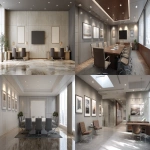









](https://images.ai-img.art/thumbnails/150/3020b8c2b6d9be07e042357107af1de10deb274a41d2b0f332684ad4b532a702.webp)


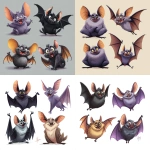



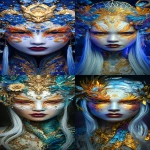

](https://images.ai-img.art/thumbnails/150/269414b0e541026702e9e67c67602c96162f37ff460a388b3b36314c8fc936dd.webp)






](https://images.ai-img.art/thumbnails/150/8d1fe5a7a49cfc96747182431a853357913286d89258383caab2d3b4681afcb5.webp)
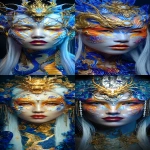








](https://images.ai-img.art/thumbnails/150/5197af8969d850e2a43e141d41e482ccbceedebceb2a4caf9f098f943f9d1b0f.webp)

](https://images.ai-img.art/thumbnails/150/485c8b1c747827bdc9a962f8a1919b3c259b18dd263b260208a1eae19fb85e07.webp)





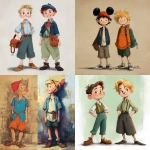

](https://images.ai-img.art/thumbnails/150/2fbd98ecfc425cfc1597779121e1c0305437067779e9c471eb64ff9615d5be98.webp)

